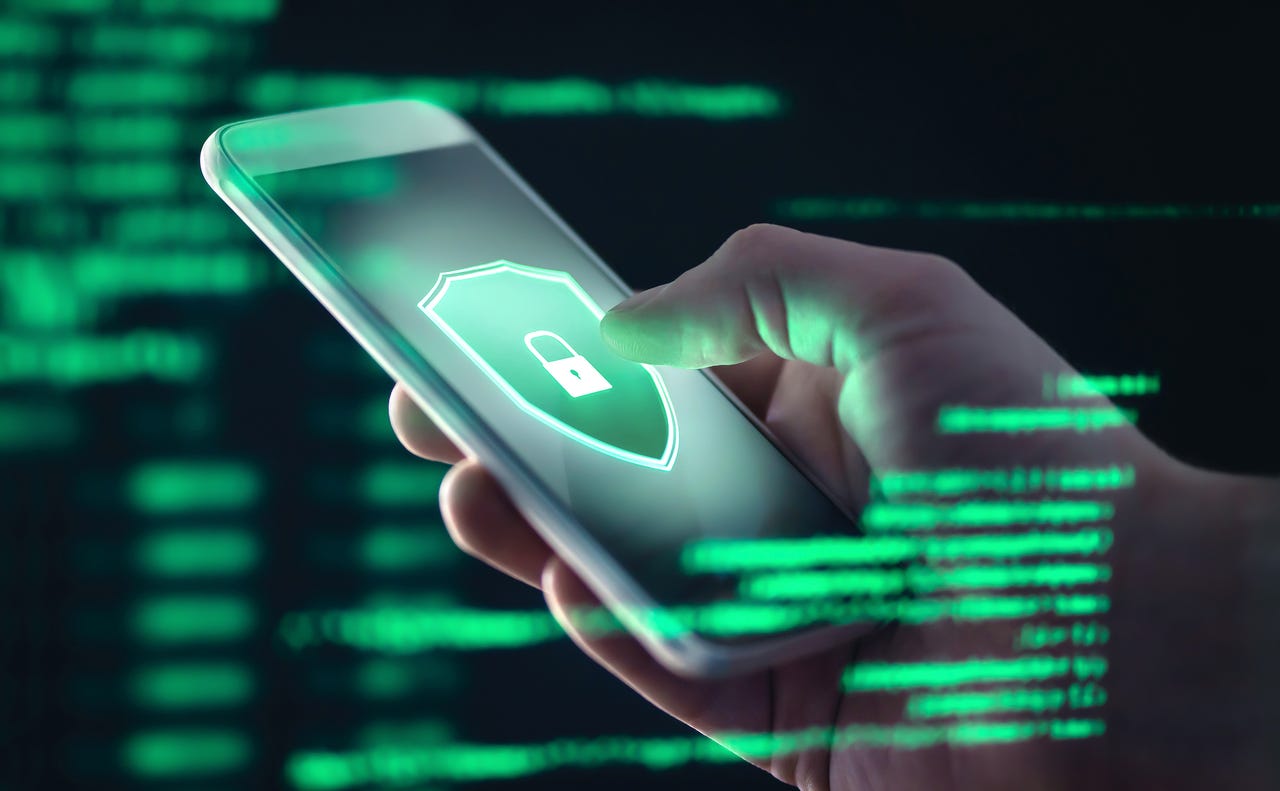































 Tero Vesalainen/Getty Images
Tero Vesalainen/Getty Images Google Photos on Android offers the option to create a locked folder. But why would you even want this feature? Maybe you want to take pictures of your personal documents, like vaccination cards or your diver's license, to keep close at hand? Or maybe you have images or videos that you'd rather no one else see?
Also: The best Android phones
For these kinds of pictures, you can set up a locked folder in Google Photos on Android to tuck images and documents away for safekeeping. Once you've set this feature up, the only way to view the pictures is via your default screen-unlock authentication, such as the fingerprint scanner.
There is, of course, a caveat to using a locked folder. Any photo or video stored within that folder is not backed up to your cloud account. So, choose the photos and videos you want to lock up wisely. Or, better yet, make sure you have a copy of that folder saved in a safe (think "encrypted") folder on your local machine.
I'm going to demonstrate how to set up a locked folder in Google Photos on Android 12 running on aPixel 6 Pro . This process should work in a similar fashion on other devices, so long as you're running a version of Android that's equal to or newer than 12.
What you'll need:The only thing you'll need for this process is an Android device connected to your Google account.
Open Google Photos on your Android device. From the main window, tap Utilities.
The Google Photos main window on Android 12.
Jack Wallen/In the resulting window, tap Set up Locked Folder.
The Utilities section of Google Photos on Android 12.
Jack Wallen/From this point on during the process, Android does not allow users to take screenshots because this is considered a sensitive area of the device.
That restriction means there won't be detailed photos for the next steps in my guide, so follow along closely with the instructions (don't worry, it's easy).
On the next screen, tap Set up at the bottom right corner of the display. You will then be prompted to authenticate, using your default method (such as fingerprint, facial scan, PIN, or pattern).
After successfully authenticating, you'll be greeted with a window that says Nothing here yet and a Move items button.
Also: 8 habits of highly secure remote workers
Tap Move items to open the file picker, where you can select any of the photos (or videos) you want to add to your locked folder.
Tap to select the image(s) you want to move into the Locked Folder and then tap Move at the top right of the display.
It seems the file picker isn't considered a sensitive area in Android.
Jack Wallen/You'll once again be prompted to authenticate yourself. Android will then present you with one last warning that indicates:
Tap Continue and then Move (when prompted), and Photos will create the Locked Folder and add the selected photos.
Now that you've created the Locked Folder and added photos/videos, how do you access it? Open Google Photos, tap Utilities, and scroll to the bottom of the page, where you'll see the Locked Folder entry.
The Locked Folder entry is in the Google Folders Utilities section.
Jack Wallen/Tap that entry and, once you successfully authenticate yourself, you'll be presented with all of the photos and videos you've added to the Locked Folder.
Also: 5 simple ways to improve your Android phone security today
Use this feature wisely and it will keep prying eyes away from your more sensitive images. I highly recommend using this feature to anyone who keeps photos of things like driver's license, credit cards, vaccination cards, and other such items. The extra protection might prevent someone from stumbling upon any information you don't want them to see.
 Tags quentes :
Serviços & Software
Sistemas Operacionais
SO móvel
Tags quentes :
Serviços & Software
Sistemas Operacionais
SO móvel